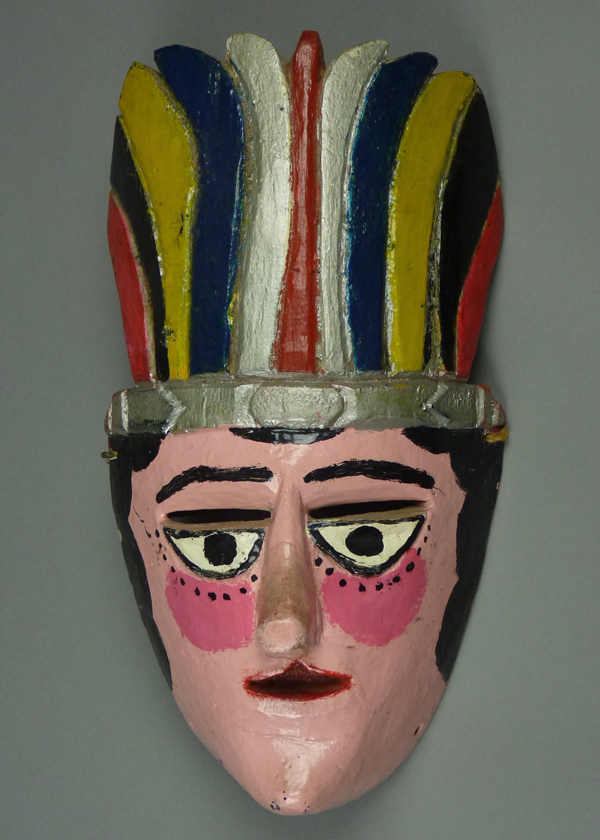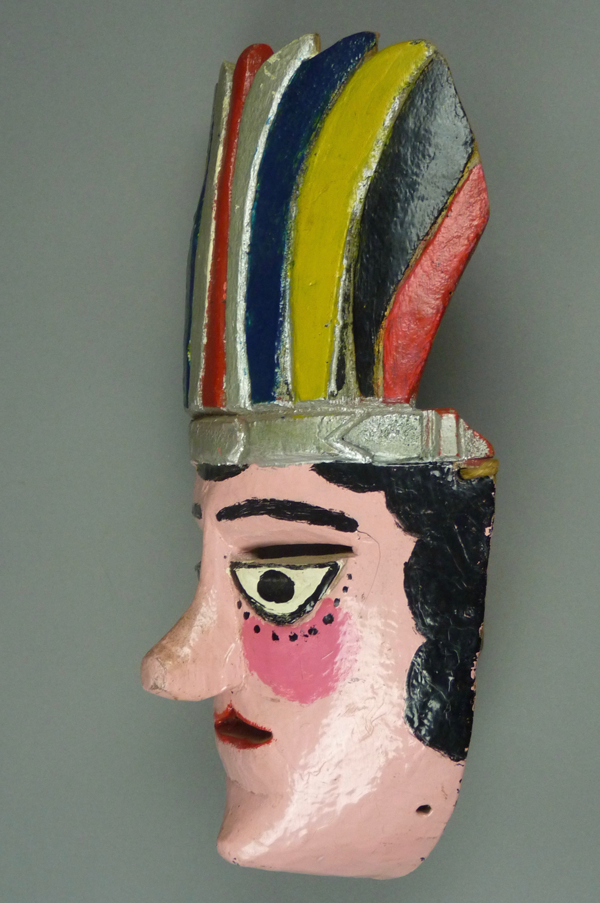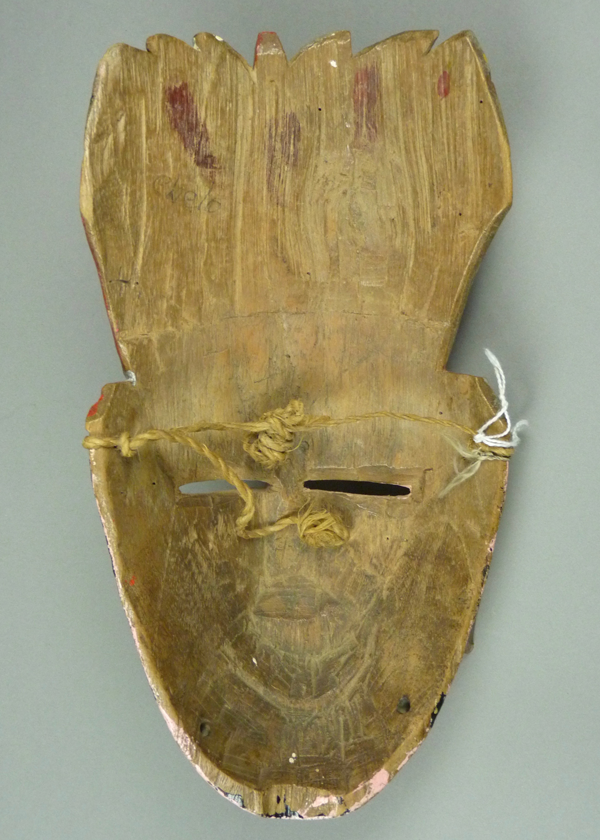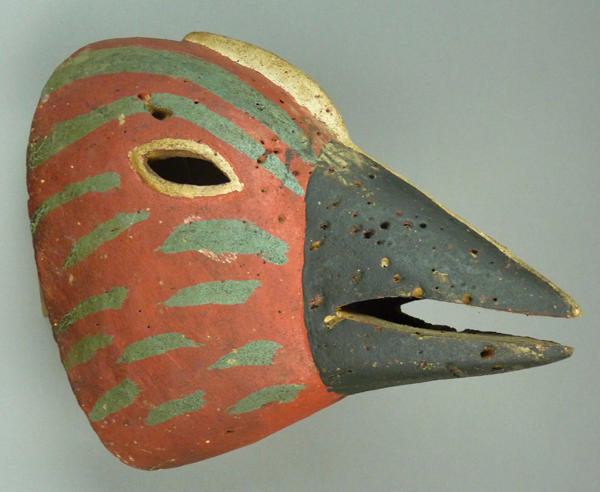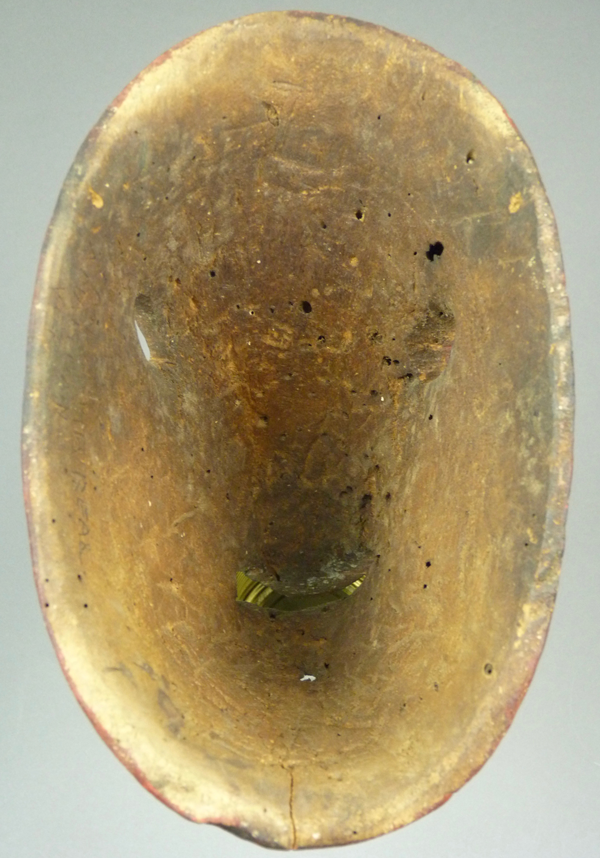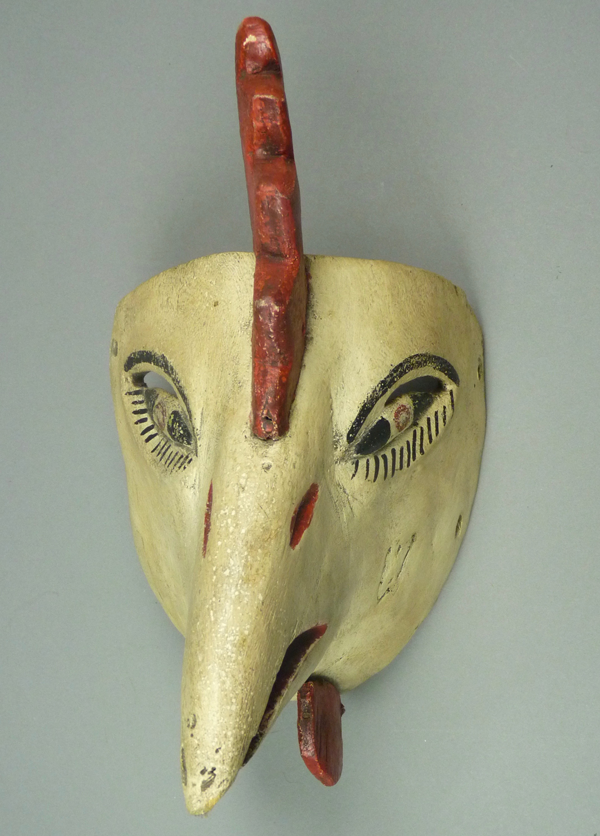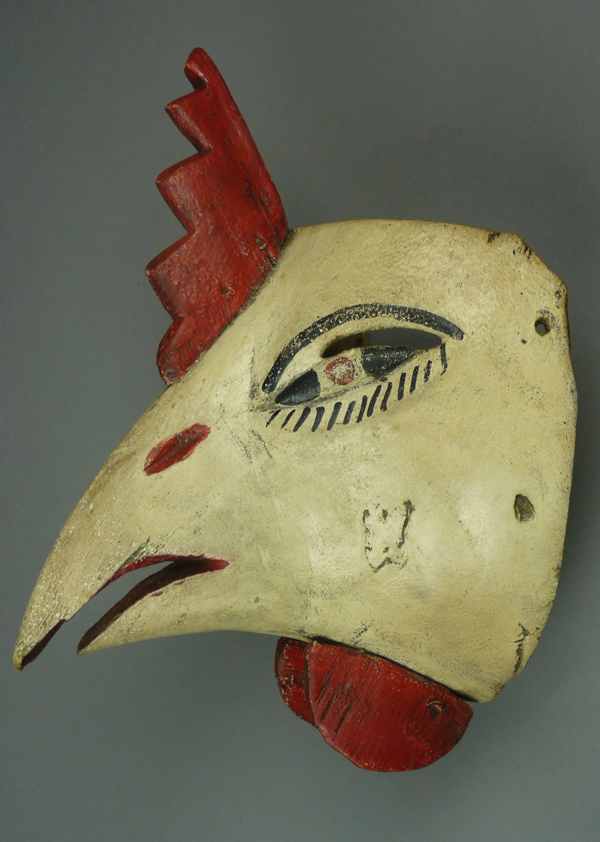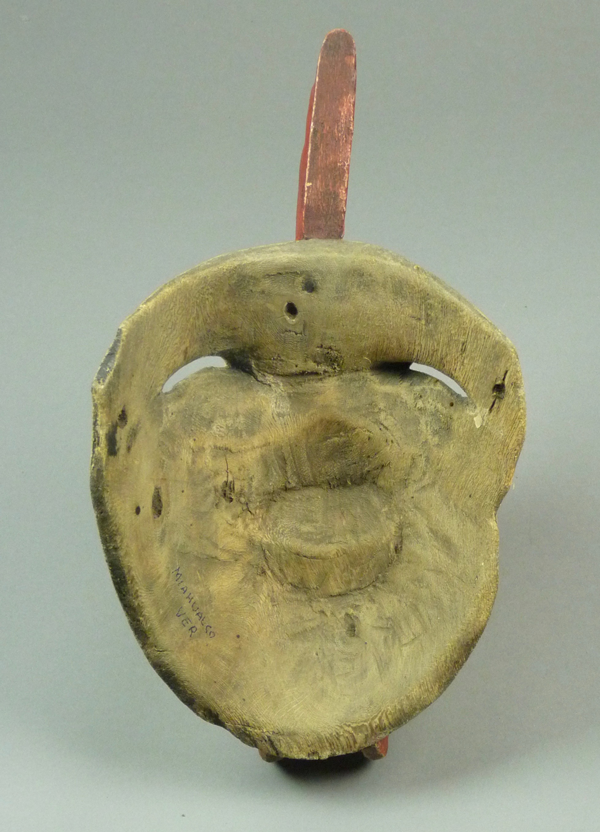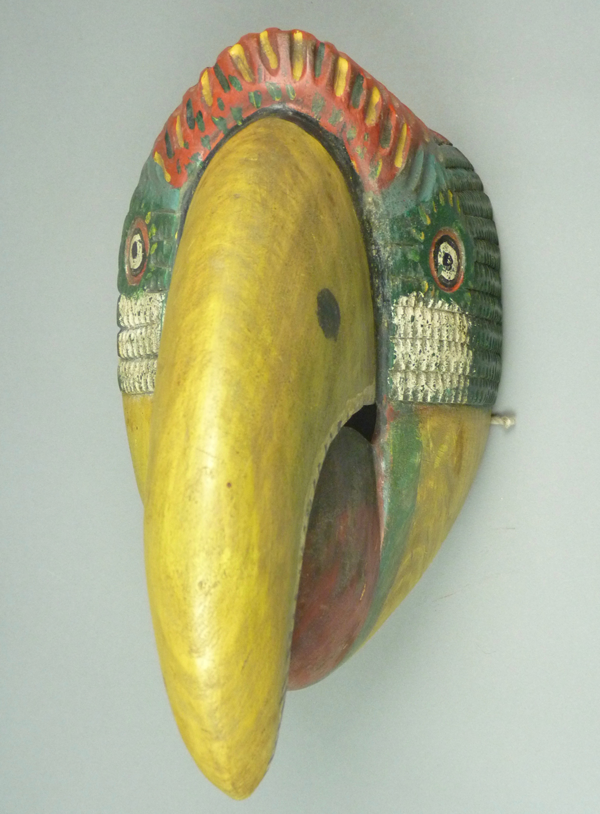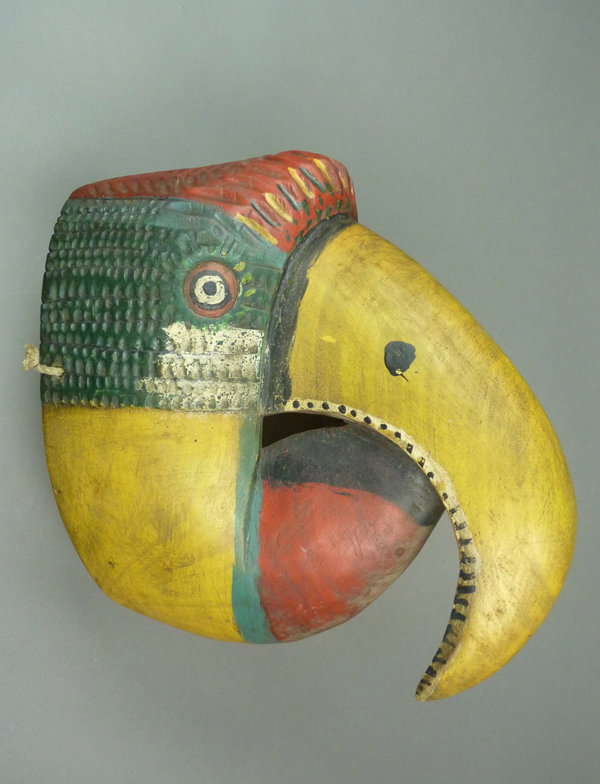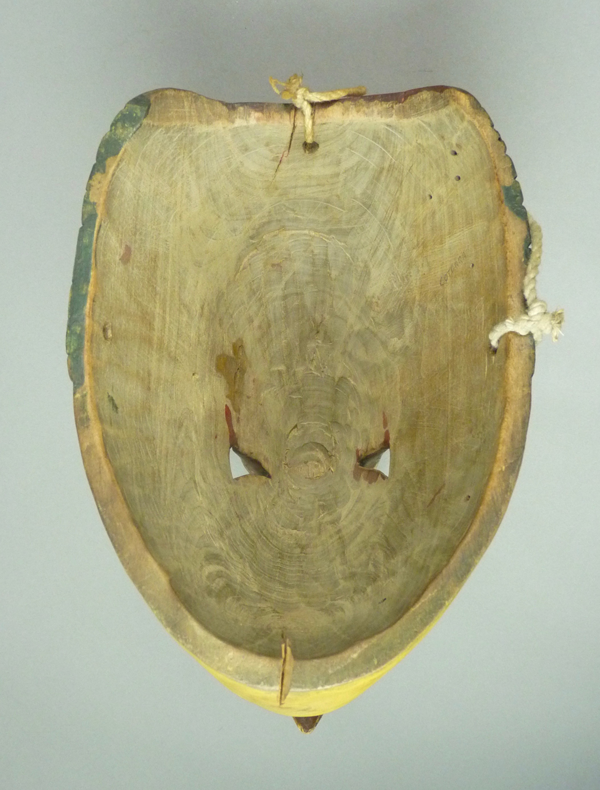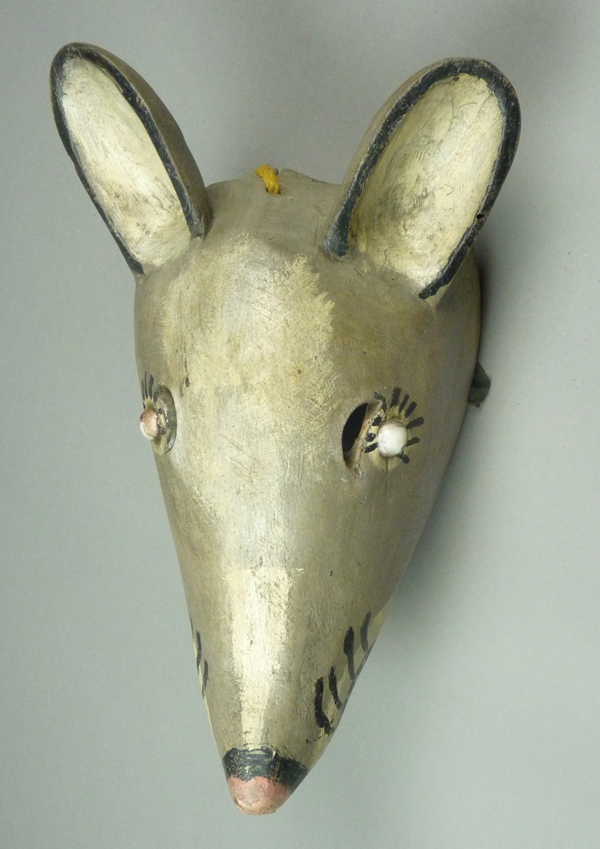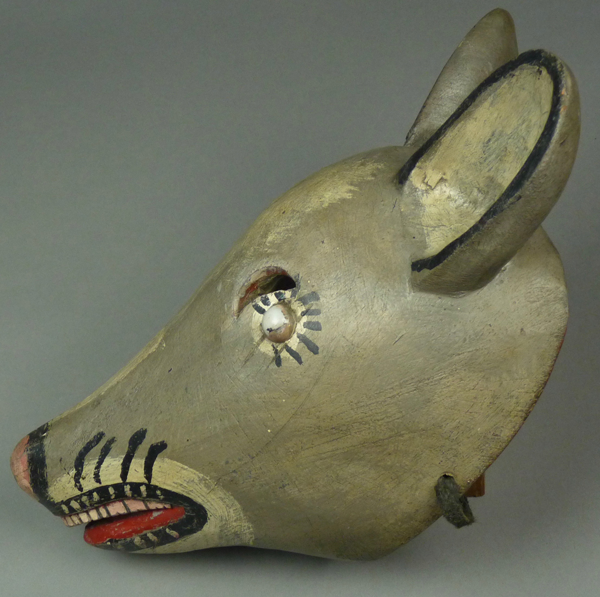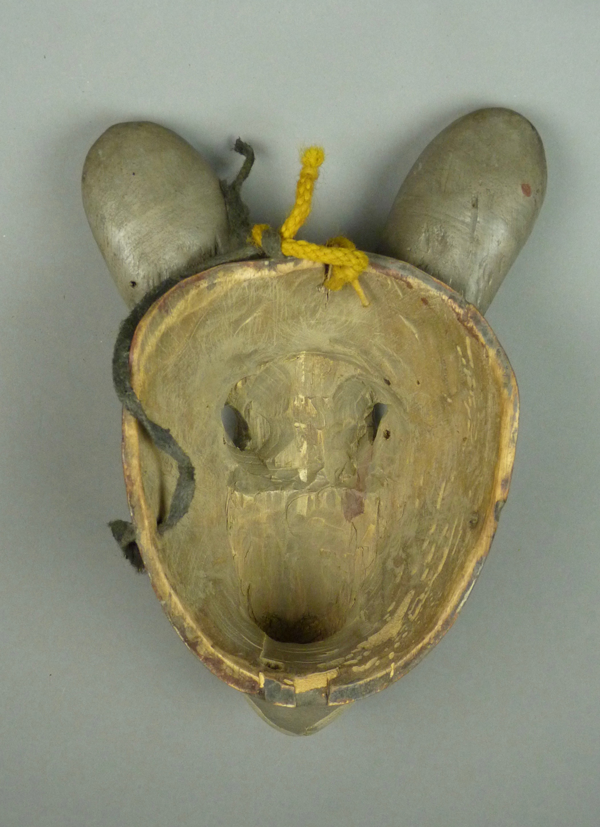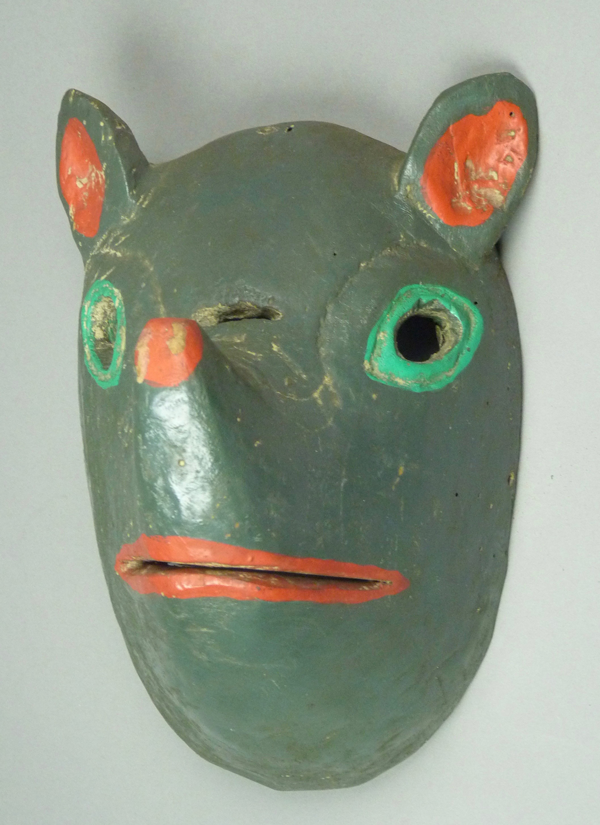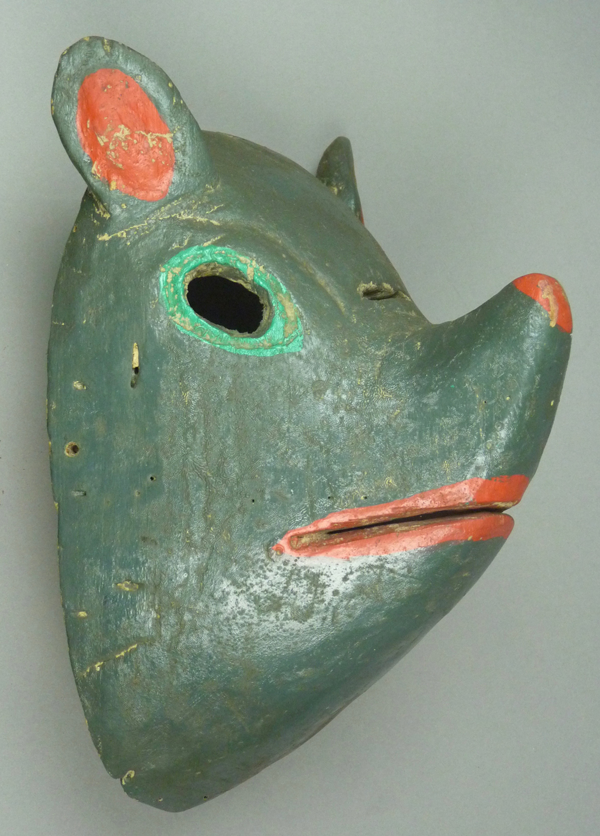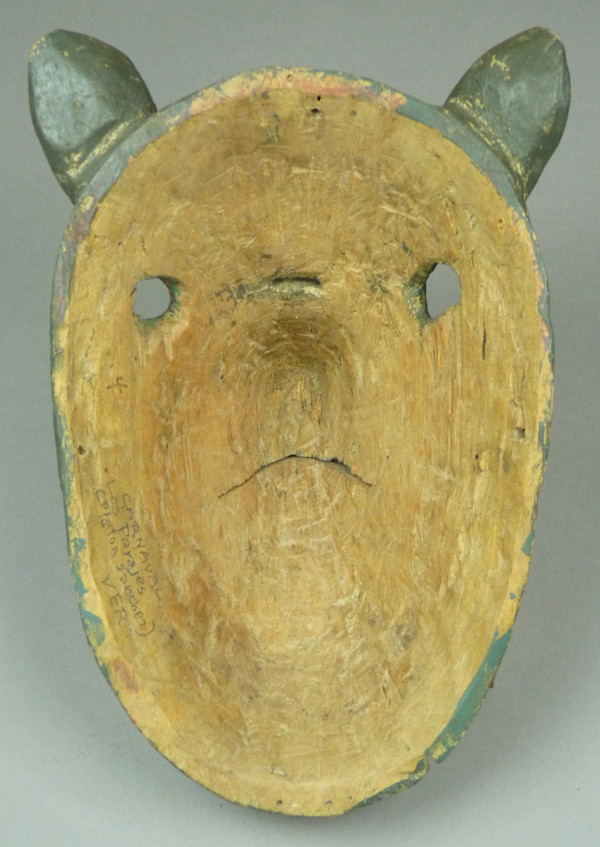In last week’s post and in the next two that follow, I will focus on an area of Northern Veracruz centering on two neighboring towns— Huayacocotla Veracruz and Carpinteros Veracruz. Huayacotola lies just inside the Border between the Mexican states of Hidalgo and Veracruz, on the Veracruz side, while Carpinteros literally straddles the border; these communities are connected by a small paved road. They are so close together that I mention both, although the tags all focus on Carpinteros and its related community of Miahualco. If one consults modern satellite maps, the official location of Carpinteros is within the state of Hidalgo, although there is a small unnamed community directly adjacent, on the Veracruz side. In the face of this evidence, it is a fact that Jaled Muyaes, Rene Bustamante, and Dinah Gaston describe it as a place in Veracruz. Dinah even spoke of being in Hidalgo and looking across the border at the lights of Carpinteros on the Veracruz side. So I have followed convention and called it Carpinteros, Veracruz. The state line is actually irrelevant; the important geographic detail is that both towns are in an important culture area called the Huasteca.
Today I will present five masks with the faces of animals or birds that are said to be from either Carpinteros Veracuz or from a nearby town, Miahualco Veracruz; the latter does not even show up on a satellite map. But first I will begin with a riddle that relates to the masks in last week’s post. I bought this mask of Malinche, used in the Danza de los Arquereos (Archers, a variant of the Conquest dance), from Rene Bustamante in 1993. Rene described it as from either Zurita, Veracruz or perhaps it was a rare mask from the Mexican state of Tamaulipas (Zurita is yet another place that is not to be found on available maps). Over the years I found the Tamaulipas theory appealing, but gave this little thought. Today I invite you to compare this mask to last week’s crop, in order to build a case for or against either of the two possible places of origin. This mask is 11 inches tall, 5¾ inches wide, and 3 inches deep. I will show the photos without any further remarks, and then at the end of this post I will comment.
Now let us move to a group of three bird masks in the Carpinteros style. I purchased all three from Rene Bustamante in 1994. The first has written in pencil on the back— Danza de Pito Real, Amatitlan or Miahualco (?), VER. The tag from Rene adds that the mask was used in the Fiesta on the Dia de la Santa Cruz (Day of the Holy Cross). Pito Real is the common name for the European Green Woodpecker, but in Mexico it can also refer to a peacock. According to Rene, in Carpinteros the Fiesta involves animal masks and the blessing of animals. The paint on this mask is its shining feature.
Either the mask was carved from previously infested wood or it was invaded by wood boring insects, but for all of the superficial damage, it is basically sound and intact. I believe that the infestation was eliminated by chemical treatment.
I really like the profile of this mask. It illustrate one of two typical eye designs found on these masks—this fuller and slightly slanted style where the openings for vision lie within the eyes, versus openings that can be more sharply slanted, shaped like narrow crescents, and directly on top of relief carved and painted eyes. This mask is 8¼ inches tall, 5½ inches wide, and 9 inches long.
The color of the back of this mask may partly reflect significant use (the darkness around the rim), but immersion in kerosene (to kill the insects) may account for the amber color seen in the center of this photo.
Here is a second bird mask, a Rooster. It has Miahualco, Veracruz written on the back and the tag links it to the Fiesta of the Holy Cross that is held each year on May 3. The carver was said to be Manuel Cortéz.
This Rooster demonstrates the other typical eye and vision slit design found in this region. This is another mask with a prominent bill. Both the crest and the wattles under the chin are applied elements.
This mask is 11 inches tall, 5¾ inches wide, and 6½ inches in length. Note again the eye design as well as the quarter round notch on the left upper corner, by now a somewhat familiar feature from this area. This feature is absent on the right corner, but it is apparent that the right edge was damaged long ago; quite a sliver is missing.
The notch on the upper left corner is really obvious in this view.
The third of the bird masks is a large Parrot. This mask is unusual for the placement of the vision openings, which are nearly hidden between the upper and lower bills. Cotorra (parrot) is written on the back, it is from Carpinteros, Veracruz, and the carver was Manuel Cortéz.
The side view proves an excellent picture of the vision openings.
This mask is 10 inches tall, 6½ inches wide, and 9 inches long.
This back view illustrates how one looks out through the vision openings.
The last two masks in this post represent animals. This one is a Rata (rat; a mouse is a Raton). I got it from Rene in 1993, it is from Miahualco, Veracruz, it was used on the Day of the Holy Cross, and the carver was Manuel Cortéz.
The eyes were created with inlaid marbles. The vision slits are tilted and crescent shaped.
This mask is 11 inches tall, 7 inches wide, and 6½ inches in length.
The back view shows how this style of vision slits serves the wearer.
The last mask in this post, another from Rene Bustamante in 1993, has a lot of information written on the back—Carnaval, Los Parajes, Cplaton Sanchez, Veracruz. Los Parajes is a small town near Huayacocotla and Carpinteros, but in the Municipio of Platon Sanchez, Veracruz. It is a Tejon, or badger.
Note the third vision slit above the nose. This mask demonstrates another example of the eye type with vision holes within the carved and painted eyes, as we saw on the Green Woodpecker mask near the beginning of this post.
This mask is 10 inches tall, 6¼ inches wide, and 4½ inches in length.
The back is worn.
I will conclude with my assessment of the mask with an Indian feather headdress. After writing last week’s blog, my eyes fell on the Malinche mask, but of course I saw it with fresh eyes. The nose had that Carpinteros shape, so did the mouth. The upper corners of the face had those quarter round cut-outs. There was no relief carved hairline, but this was replaced by the elaborately carved headdress, and anyway we saw that painted hair was an occasional alternative. I have to release the idea that this is some super rare mask from Tamaulipas; it is a terrific Malinche from Northern Veracruz.
Next week I will show five more animal masks from the area of Carpinteros.

